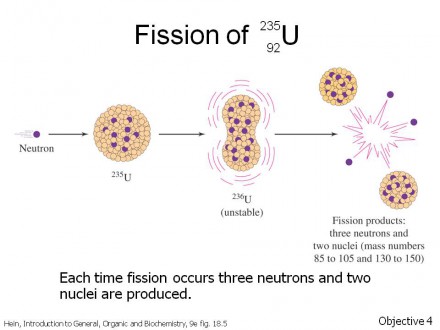A good friend who trusts my judgment (silly rabbit) has asked me to comment on a recent blog report that screams, “Japan Nuclear Iodine Radiation in San Francisco Milk over 2600% Above EPA Drinking Water Limit”.
Now, I’m as concerned as the next guy (maybe more so) over contamination from the Fukushima reactor accident. But I don’t find reports like this one to be very helpful. Let me count the ways.
1. “Japan Nuclear Iodine Radiation” doesn’t make much sense to me.
2. There is no such thing as “San Francisco Milk”. In point of fact, there aren’t even any dead people in San Francisco, much less dairy farms.
3. “Over 2600%” sounds so much scarier than “over 26 times”.
4. Milk ain’t drinking water.
5. Call me a curmudgeon, but for years I’ve felt the way in which news is delivered is even more important than the content of the news. This blog is littered with ads for radiation treatments, scare headlines, lots of typos and out-and-out misstatements (e.g. I graduated from the University of California, Berkeley and not “University of Berkeley” so I’m pretty sure there is no such institution).
It was a good opportunity for me to go and take a look at the data. Here’s what I found. But first, some background on radiation and why we’re concerned about iodine-131 (also shown as 131I, a shorthand I’ll use here).
 When a reactor accident or above-ground nuclear test occurs, a number of radioactive isotopes are given off. Radioactive decay occurs when the number of positively-charged protons and/or the number of non-charged neutrons in the nucleus are more than this structure can support. The picture here shows nuclear fission, but a number of other types of radioactive decay occur that don’t make for as violent a picture.
When a reactor accident or above-ground nuclear test occurs, a number of radioactive isotopes are given off. Radioactive decay occurs when the number of positively-charged protons and/or the number of non-charged neutrons in the nucleus are more than this structure can support. The picture here shows nuclear fission, but a number of other types of radioactive decay occur that don’t make for as violent a picture.